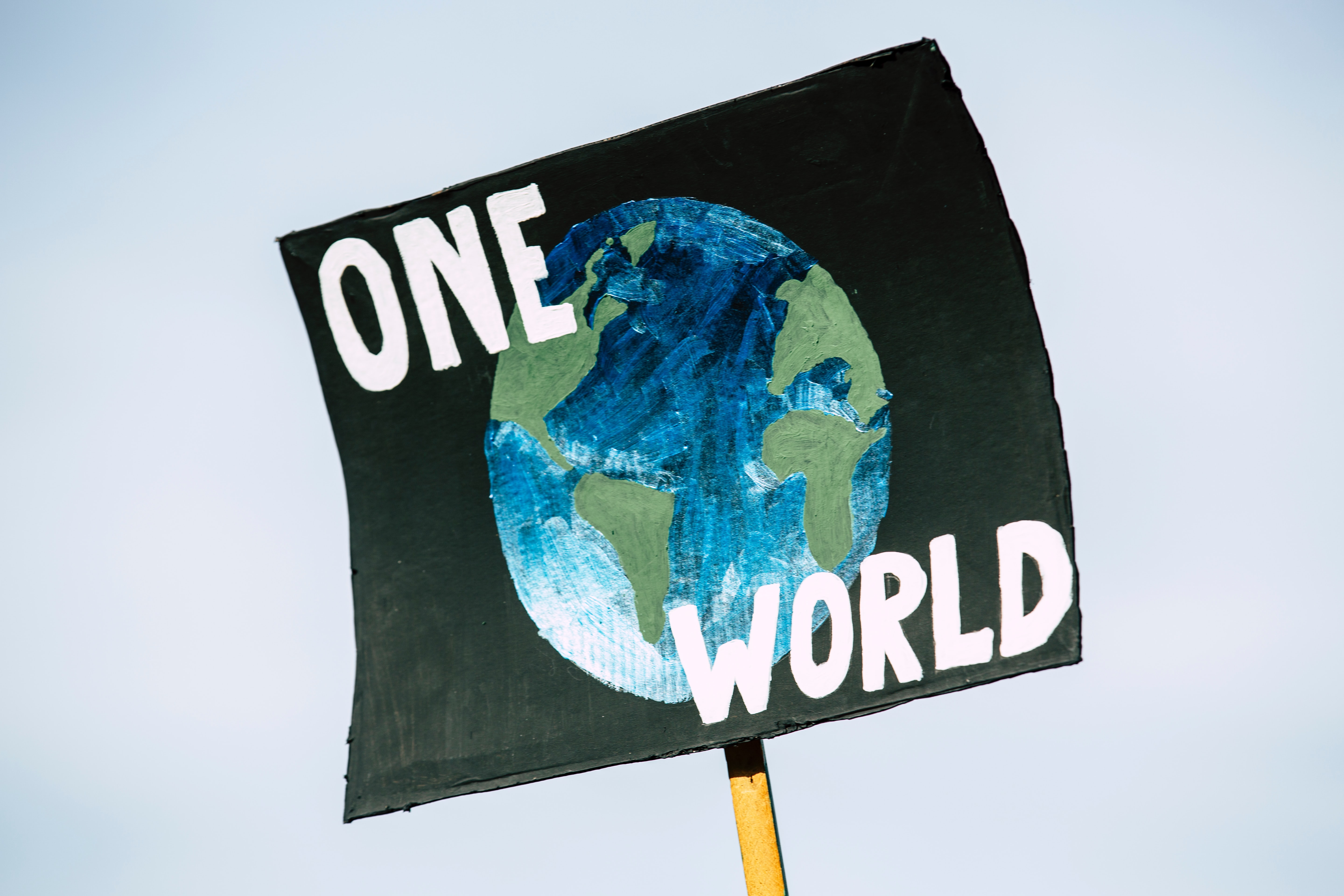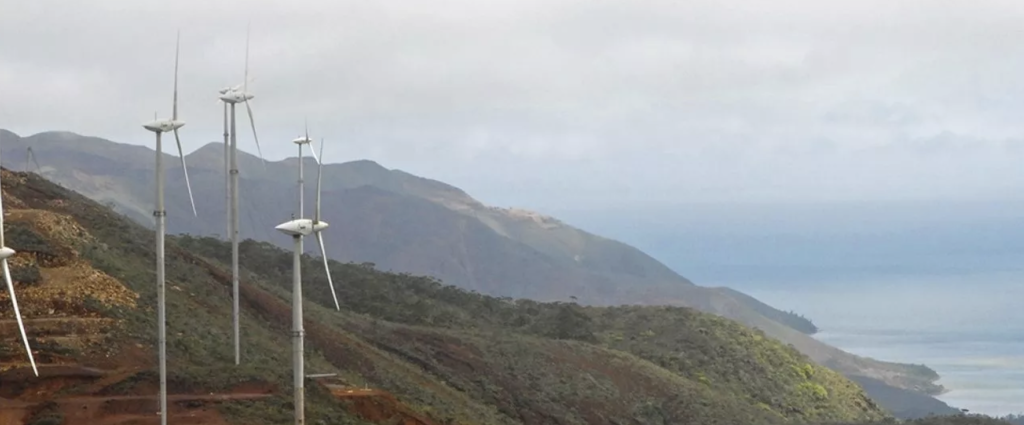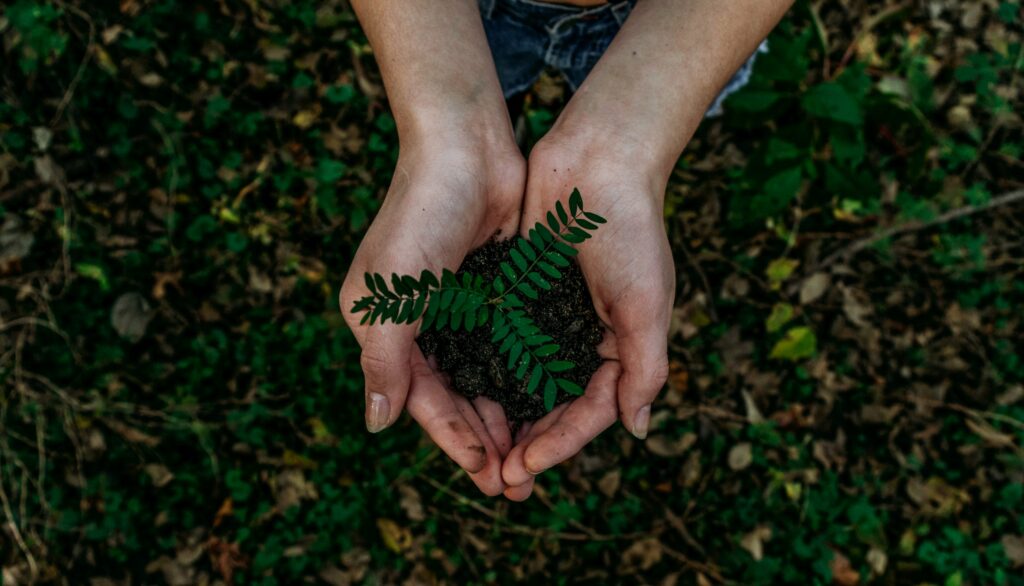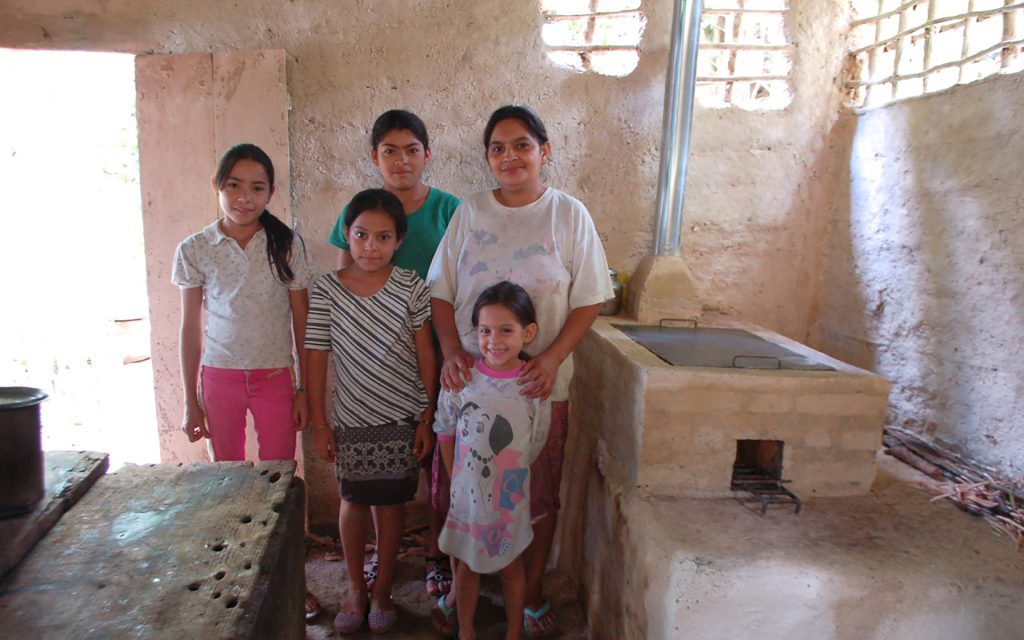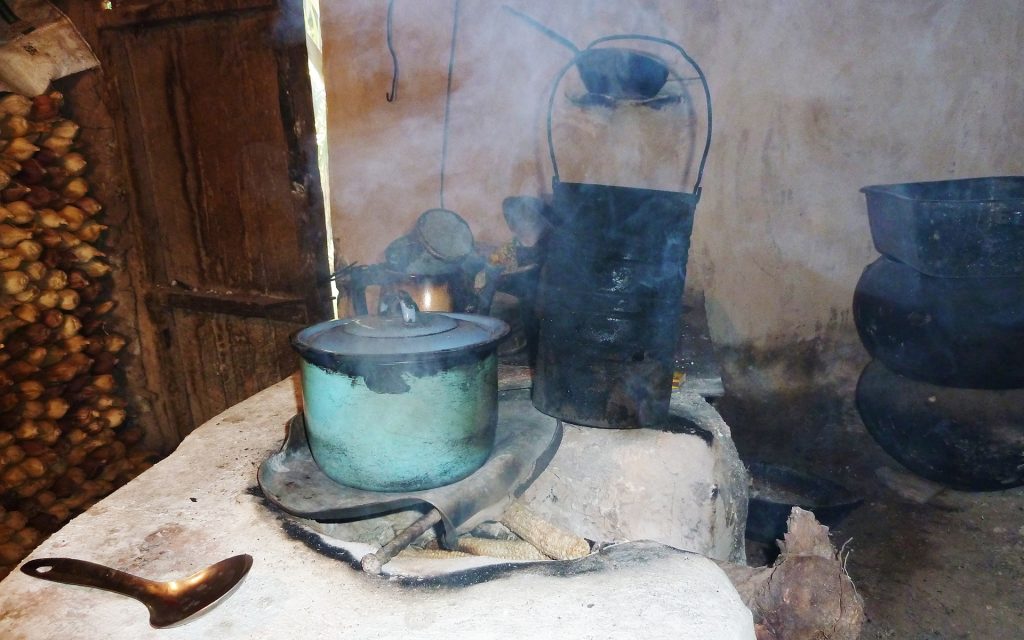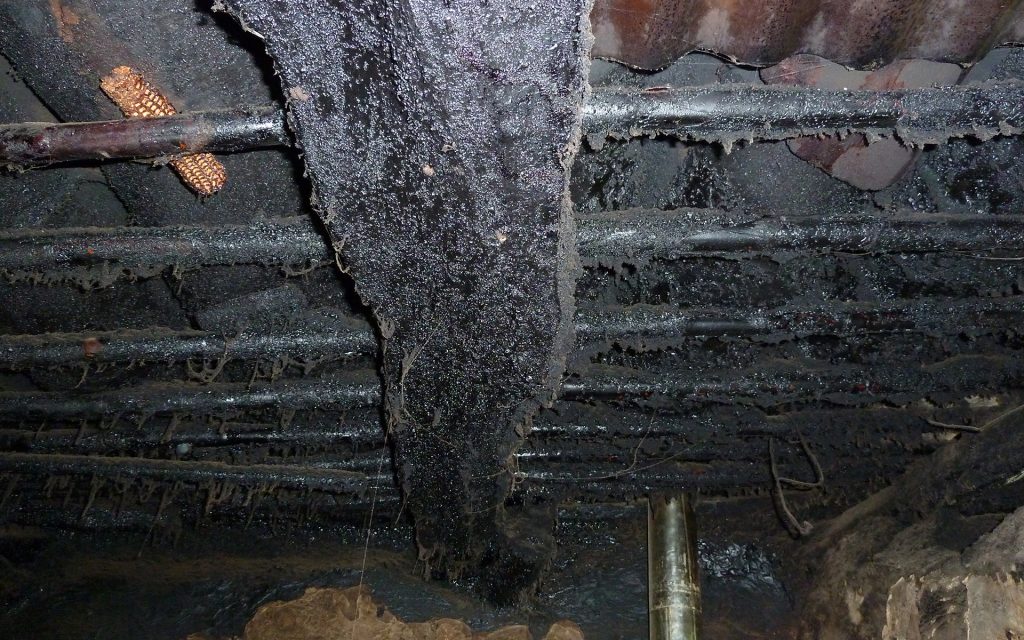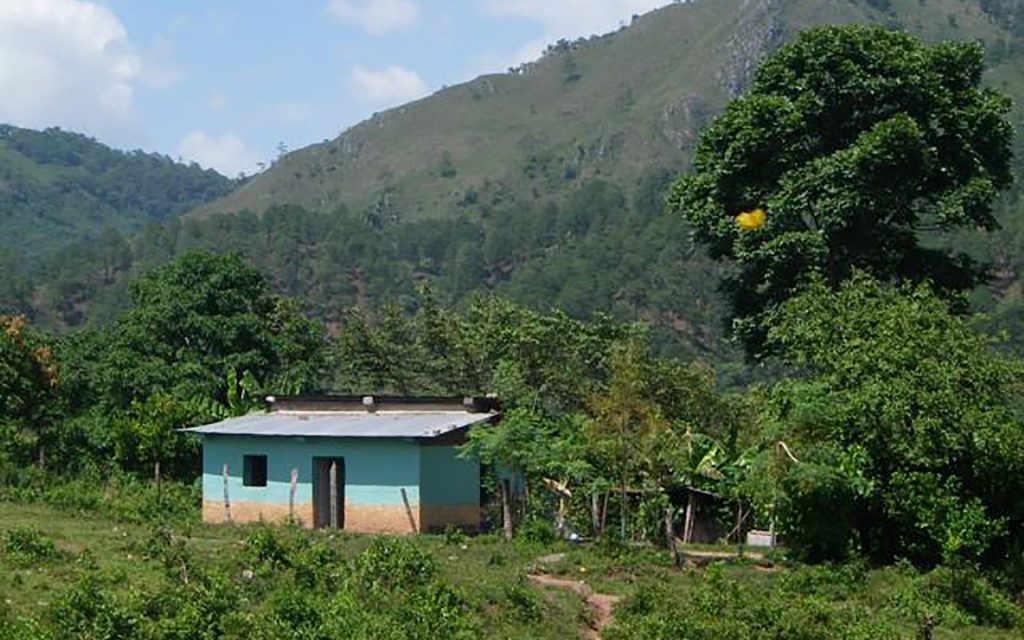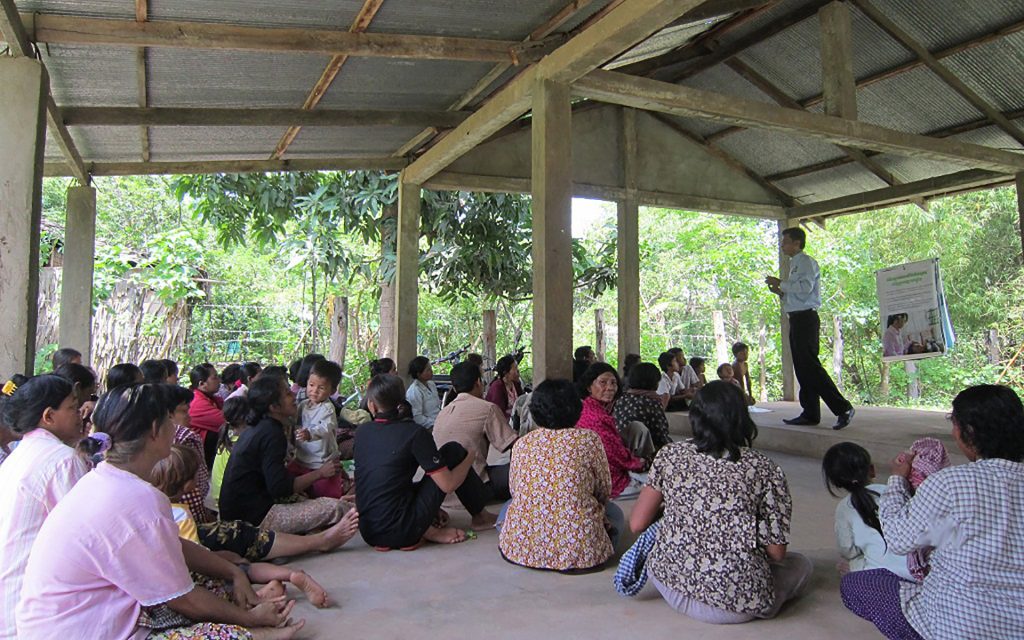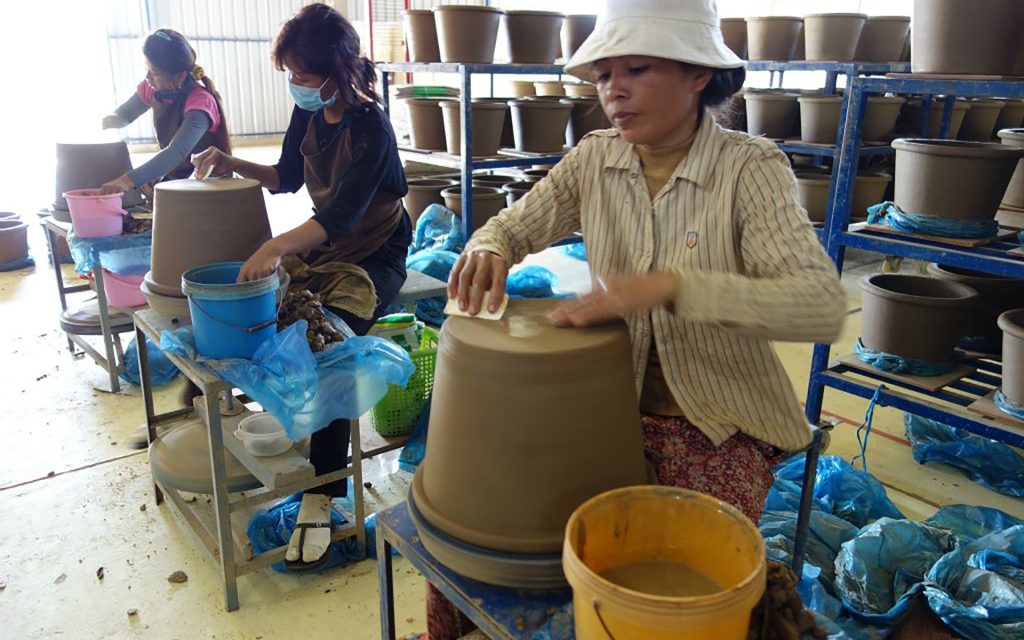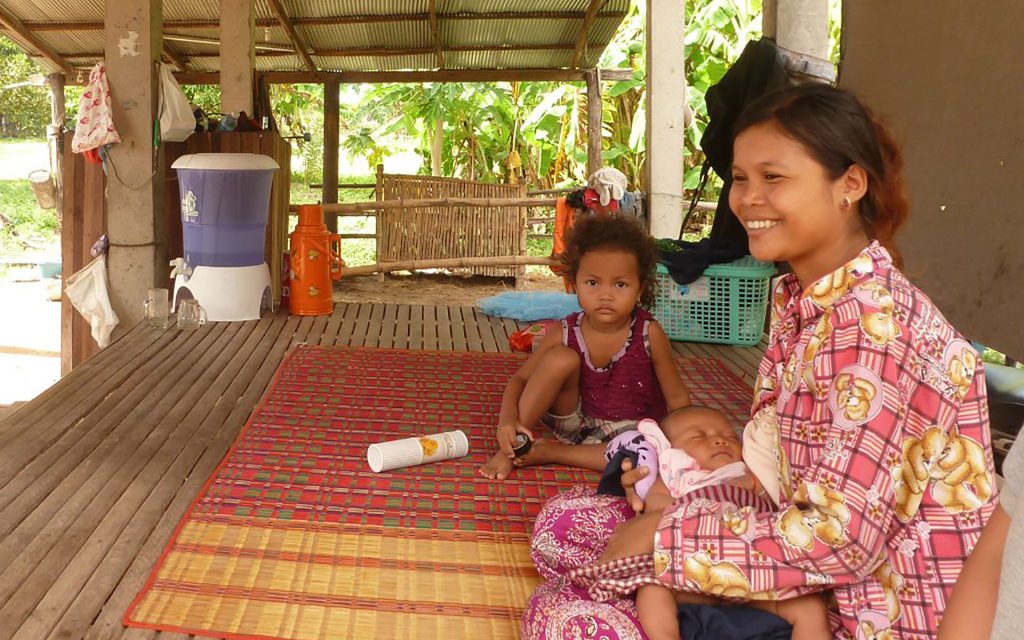Moving to a new office is exciting – and by setting the right requirements from the start, it is a great opportunity to reduce your carbon footprint in both the short and long term. This is why we have put together some tips on what is good to have in mind in order to create the right conditions.
Choosing the space
There are various standards for a sustainable building, both international ones but also ones that can vary from country to country. Some to keep an eye out for are the following:
LEED standard – Leadership in Energy and Environment Design
WELL certified – focusing on employee well-being
Another thing to keep in mind is that you want to be close to public transport links if possible, so that employees and visitors can get there in an environmentally friendly way. Another thing to consider where relevant, is to offer safe bike storage for employees opting for biking to work.
Electricity
To think about:
Choose green electricity
Heating – what is the energy source?
Other factors you may be able to influence are insulation, energy use and LED lights.
Ask the landlord about this at an early stage when you are considering options and make it clear that it is an important criteria – allowing you to negotiate good terms from the start. Electricity use, heating and cooling systems are usually quoted per sqm in the contract, so it is easy to compare if you are looking at several options of premises.
Regarding lighting, you may want to consider whether it is possible to have motion sensors so that the lights are automatically turned off when the office is empty. Or, alternatively, the option to turn off/on centrally at certain hours of the day in all or part of the premises.
You could also look at the possibility of installing your own solar panels on the roof. If you are located in a part of the world where electricity is expensive or particularly “dirty” (if you are Germany based, for example, energy is likely to be coal-fired) this may be particularly relevant.
Purchasing and choosing IT and electronics
For companies where efficient technology is key, it is important to find good strategies to reduce emissions related to this. There is much to be gained by planning ahead to make good purchases, so that a new purchase does not result in older equipment being obsolete when matched with the new equipment. See our blog post on ‘Planned Obsolescence’ to see what you can do to avoid the pitfalls.
Servers
We’ve written a blog post on the carbon footprint of servers before, which provides good guidance. The quick answer is that the most energy efficient are cloud servers that use green energy. What are your options? Spending a bit of time on doing your research here could make a big difference.
Purchasing electronics
If there is a lot of new equipment to be purchased, make sure you have reasonable contracts with suppliers for service. How long is the warranty? How long is the expected lifespan?
The product description will often state how long a product’s lifetime is, which is an indication for you when it comes to setting standards for upgrades. Dell and Apple laptops have an estimated lifespan of four years, and monitors are estimated at 6 years, but that’s probably on the low side.
An important question is, how long will the product live up to your technical standards? Longevity is often determined by our sense of trend[1]. Apple phones are used a year longer than Samsung despite being technically equivalent (54.5 months vs. 67 months). A product replacement policy should be based on an understanding of this.
Emission benchmarks:
Iphone 11 128GB – 77 kg CO2e
MacBook Pro 15-inch – 334 kg CO2e
Dell desktop computer – 500-600 kg CO2e
Dell monitor – 500-800 kg CO2e
Logitech mouse – just under 3 kg CO2e
In general, Fairphone ranks highest in terms of environmental standards, followed by Apple, then HP and Dell[2]. Logitech also has an ambitious sustainability policy.
Furniture
The footprint of an average office chair is 76 kg CO2e (Antov & Pancheva 2017), about the same as a smartphone. Furniture averages 20-80 kg CO2e per product, with sofas and office chairs having the largest footprint. Of the materials used, steel and foam plastics have the biggest impact. From a broader sustainability perspective, there is much to be gained from investing in sustainable furniture, as good quality extends its lifespan and the furnishings do not need to be replaced.
When choosing an interior design agency, there are options specializing in reuse – research to find your best local options!
Here are some suggestions for companies selling recycled office furniture:
https://allforsale.se/en/ – Swedish company selling throughout Europe, larger quantities available
https://recycledbusinessfurniture.co.uk/ – UK
https://www.sustainableofficefurniture.com.au/ – Australia
If you choose to buy new, choose products from companies that make a commitment to the environment, and choose those with a low carbon footprint.
If you have end-of-life furniture that you want to replace, many companies offer to collect the furniture to ensure that it is recycled properly. Also, see if you can donate or sell furniture that is no longer of use to you.
Refurbishment
When refurbishing, it is important to consider that different materials have varying carbon footprints, with concrete often coming up as a high carbon footprint option. Wood is generally a good material from a sustainability perspective, but there are an incredible number of aspects to consider here. Improving insulation, for example, can be a good investment from a climate perspective, but it depends on many small choices that the person you hire for remodeling should know more about.
Other
Plants soak up carbon dioxide and look good. Whether they actually improve indoor air quality is a matter of debate, but they do contribute a sense of well-being that is overall beneficial.
Add any additional tips you would like us to include, in the comments section!

